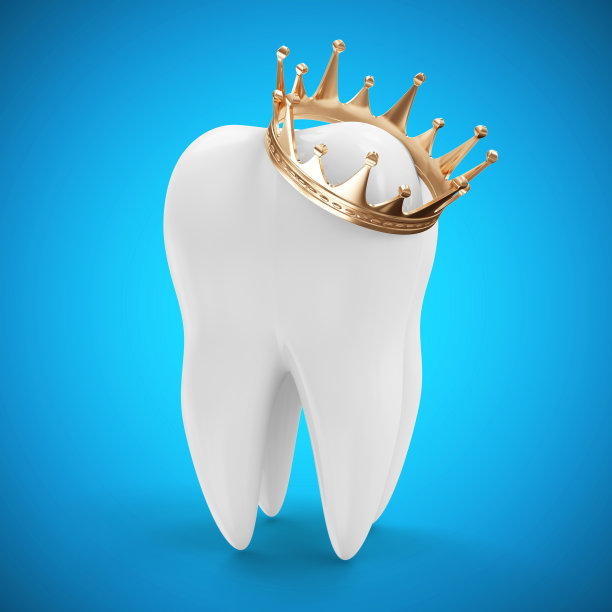Essential Guidelines to Follow Before and After Receiving a Dental Filling for Optimal Oral Health Care
Summary: Receiving a dental filling is a common procedure aimed at restoring the function of a tooth affected by decay or damage. However, the journey to optimal oral health doesnt end at the dental office door. Essential guidelines to follow both before and after receiving a filling are crucial for ensuring long-lasting dental health. This article delves into essential practices to adopt, including preparation measures, post-treatment care, dietary considerations, and the importance of follow-up appointments. By adhering to these guidelines, patients can not only enhance the success of their dental fillings but also improve their overall oral health.
1. Preparation Tips Before Getting a Filling

Before you head to the dentist for a dental filling, proper preparation can make all the difference. Start by gathering all necessary information about your dental history. This includes any allergies, current medications, or pre-existing conditions that could impact the procedure. Your dentist will need this information to ensure your safety during treatment, so dont hesitate to share it.
Moreover, it’s wise to consider your options for anesthesia. Discuss any concerns you might have regarding discomfort with your dentist prior to the procedure. Knowing what to expect from the treatment and addressing any fears and uncertainties can help you feel more at ease.
Lastly, make arrangements for getting home after the appointment. While many fillings can be done under local anesthesia where you remain conscious, some patients may require sedation. Planning for transportation can reduce stress and ensure a smoother transition post-treatment.
2. Immediate Post-Treatment Care Steps
Once the dental filling procedure is complete, giving your mouth proper care becomes a priority. For the first few hours after receiving a filling, avoid food and drink to minimize irritation and ensure you don’t accidentally bite your numb cheeks or tongue. This brief fasting period is crucial for allowing anesthetics to wear off safely.
In addition, its important to pay attention to any changes or discomfort in the filled tooth. Temporary sensitivity to hot or cold is common, but if the pain persists, its advisable to contact your dentist for guidance. They may need to assess the filling for any issues that require correction.
Finally, maintaining a gentle oral hygiene routine that day is essential. Brushing your teeth carefully around the filled area ensures that you don’t disturb the filling while keeping your mouth clean.
3. Dietary Restrictions and Recommendations
Your diet plays a pivotal role in the integrity of your dental filling. For at least 24 hours post-treatment, it’s advisable to avoid sticky or hard foods that could dislodge or damage the filling. Foods like taffy, nuts, or hard candies should be postponed until your dentist confirms that the filling has set securely.
Furthermore, opting for softer foods during recovery can aid in comfort. Consider incorporating smoothies, soups, and yogurt into your meals for a few days. These foods not only ease the strain on the treated area but also allow your body to heal more efficiently.
Additionally, maintaining hydration is vital. Drinking plenty of water can support oral health and overall well-being. However, be cautious with very hot or cold drinks right after treatment, as these can sometimes lead to discomfort in a recently filled tooth.
4. Importance of Follow-Up Appointments
Follow-up appointments after receiving a dental filling are essential for ensuring the long-term success of the restoration. Your dentist may want to check the fillings fit and adjust it if necessary. This helps avoid complications such as bite misalignment, which can lead to further dental issues down the road.
Moreover, booking regular check-ups is crucial for keeping an eye on your overall oral health. Frequent dental visits give your dentist the opportunity to monitor the condition of your filling and surrounding teeth, ensuring that no new decay occurs.
Finally, establishing a routine that includes dental hygiene practices at home, alongside professional evaluations, can significantly enhance your oral health. Good habits such as brushing, flossing, and using mouthwash can prevent future dental problems, making follow-up visits more about maintenance rather than treatment.
Summary:
In summary, the guidelines before and after receiving a dental filling are integral parts of maintaining oral health. Preparation, immediate care, dietary considerations, and follow-up appointments work together to ensure the longevity of your filling and your overall dental health.
This article is compiled by Vickong Dental and the content is for reference only.


